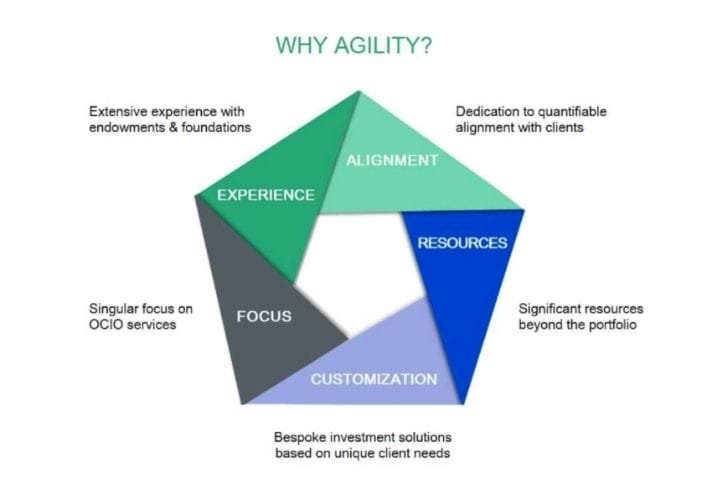Agility – Seven Advantages With Agile Projects

Agility is a trending topic but by no means a fad. The digital transformation is in full swing; more and more industries and companies, even outside of software development, are using elegant basic ideas. But some myths and prejudices against the “new” working methods are vehement.
After several years of agile transformation at interactive tools, we compare seven typical prejudices with our experiences. We find that they all apply and still have a positive influence on your project.
Customers Get Less
Yes, because more is not necessarily better. We want to work out the important and the effective and do it well. Agile working starts with evaluating and prioritizing: What are the features that bring the most benefit? Which user stories have the highest business value? That’s where we start.
There’s no point in doing a lot of unimportant things. A hundred features are no better than ten. Filtering out the most crucial ten and doing them well, that’s our job. Once we have designed and programmed them, it quickly becomes noticeable that 60 of the remaining features are unnecessary and need not be developed.
With Agile Projects, You Don’t Know What You’re Getting
We do not assume that we have the best ideas at the beginning of the project, but in the course of the cooperation: In conversations, through workshops, in designing, developing and testing, ideas will come to us—thoughts on how we can do things better. Because we work agile(with agility), we can also implement better ideas and not have to continue following a lousy plan made at the beginning of the project to achieve planning security.
The result: The website becomes different, different from the desired initial one. Customers don’t get what they imagined at the beginning. You get something better: something that solves the problems better is more feasible with the budget and benefits users more.
The Clients Do The Work Of The Agency
Yes, and it goes even further: they not only do the agency’s work, but they also make it even better. As an agency, we can’t do everything. We are experts in digitalization, design thinking, design, user experience, UX testing, code, scripting, templating, etc.
We understand little about many other things – at first. We bring in experts: you (the customers). Our customers are experts in their field. They have usually built up decades of experience and expertise. We admire, respect and use this.
If the expertise and cooperation of the customers are missing, we work alone; then the result remains far below its possibilities. Only if we mix both pieces of knowledge and work together will the project be successful in the end.
Customers Don’t Get What They Want
Most of the time, at the beginning of a project, customers have pretty clear ideas about what they want. This is good. Most of the time, however, this is not what they need. Their opinions are shaped by what they know. Their needs and assessments come from an internal view.
Agility helps us change perspectives, look from the outside, and put the users in the centre. Suddenly, the problems and needs are entirely different. The change of perspective leads us away from the original ideas and towards better design.
There Are Always Problems With Agile Working
Yes, right from the start. And that’s precisely what we want. Flushing problems up early and making them visible is a vital part of agile methods. We do not wish to conceal, ignore or sweep under the carpet misunderstandings and problems. When problems arise, it doesn’t mean we’ve done something wrong, or we’ve failed. Problems are normal. Have you ever had a project where there were no problems?
We know there will be problems. We allow problems. If we recognize them early, they are still small, and we can quickly solve them. So here we go with the issues!
As A Customer, I Have To Take Care Of An Agile Project Constantly
Yes, because in agile projects, customers are an integral part of the team. Your input is important to us. The customers carry the product vision, have the expertise in their field of expertise. Without their input, evaluation and prioritization, the final product will not realize its potential.
So if you don’t have time to invest at least 1-2 days a week and don’t care about the project, then don’t do an agile project.
Or the other way around: Are there things in your life that have become good without you having committed and cared?
Agility Produces So Many Errors
Yes, people make mistakes in classic structures and agile projects. However, they are part of the method when working agilely(agility). Because we can learn something from every mistake. Every mistake makes us better for the next round, but only if we recognize it. A positive error culture relieves team members of the fear of making mistakes and opens up learning opportunities for the entire team.
Through regular testing, errors can be quickly found and corrected. The more mistakes we make, detect and fix, the better our product becomes.
Also Read: Four Requirements For Small Business ERP Software


